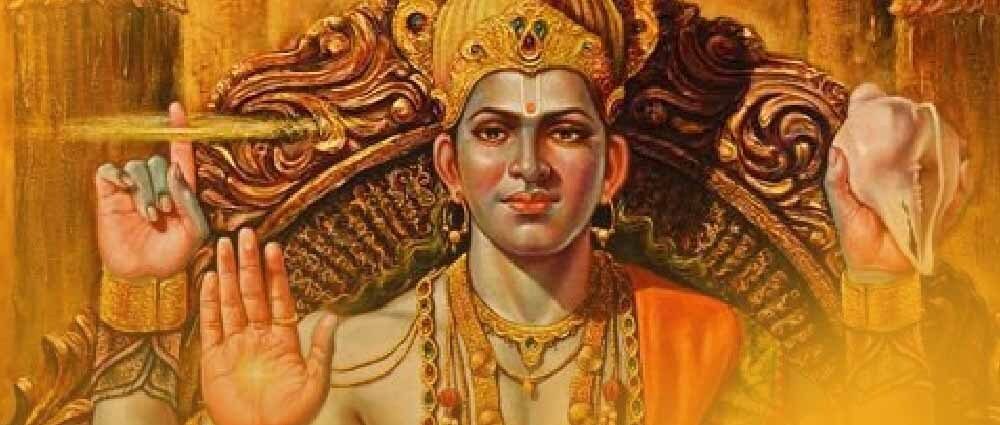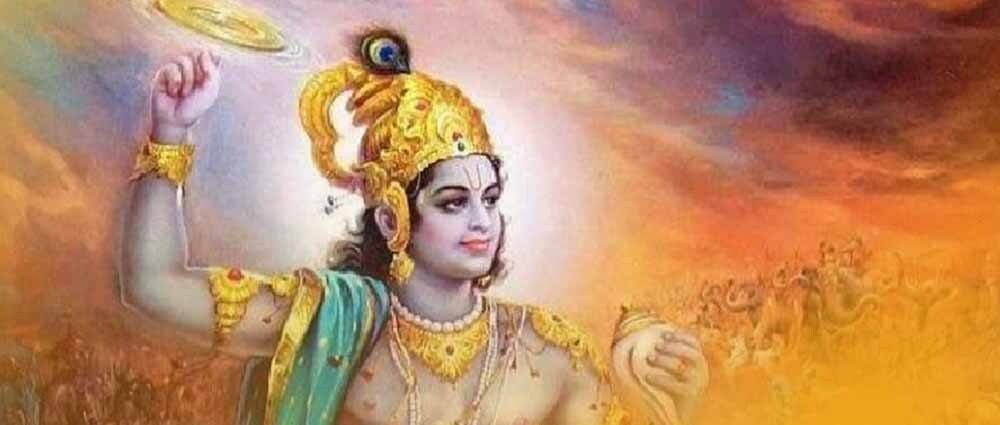In the Hindu scriptures, the universe we live in will go through four great eras or lifecycles. These life cycles go through a complete cycle of a continuum of cosmic rebirth and destruction.
According to the Hindu religion, the world is about 4.32 billion years old, also known as an eon, or a Kalpa, it is described as encompassing a thousand cycles of four distinct yugas, each with its unique qualities. According to one estimate, a single yuga cycle spans 4.32 million years, making a Kalpa equal to approximately 4.32 billion years.
Hindus believe that three of these great yugas have already passed and we are now present at the last yuga. So, let’s see what the previous three yugas brought and taught humanity:
Known as the golden age, humans are said to possess unbelievable strength and lifespan. This was the most virtuous age and is said to have lasted about 17,28,000 years, noted in history for its high levels of spirituality, righteousness, and mortality.
According to the Hindu religion, truth and virtue were regarded above all else during this time. A man’s height during this time was around 21 feet, their lifespan was 100,000 years and the eligible age for getting married was about 10,000.
The first avatars of the religion to take care of this world and its affairs were Shiva, Parvati, Sati, Ganesh, and Kartak Swami.

Treta Yuga
The second yuga is known as the Treta Yuga, which is said to have lasted about 12,96,000 years. If we compare the eras, human nature started changing in Treta yuga, they started diverting from the true path.
Even though righteousness was still on top, people started drawing towards the concept of Desire. They acted upon their ego and ambition and started performing sacrifices to stay connected to the deities.
In this era, the height of a man was 14 feet, his age was 10,000 years, and the age of adulthood at the time was 1000.
The avatars of the time who were sent to guide the people were Rama, Sita, Lakshman, and Hanuman.
Dwapara Yuga
Dwaparyug, the third age, is believed to span roughly 864,000 years. During this period, society is said to have experienced a moral and spiritual decline, with Dharma, righteousness diminished to half of its original strength. Human nature in Dwapar Yuga became increasingly complex and challenging.
Even though people were still drawn towards their Hindu religion, they also had to deal with new emotions like anger, doubt, jealousy, and conflicts. This era also reduced the age of man to 1000 years, and he reached the age of marriage at 100 years.
The avatars sent at the time to guide the people toward the right path were Krishna, Radha, and Rukmani.

Kali Yuga (Current Era)
Kali Yuga, the age we are currently living in, is considered the fourth and final era. This age is thought to have the lowest level of Dharma, marked by strife, discord, and darkness. The greatest decline in virtue and morality characterizes this age.
Society is filled with corruption, dishonesty, and moral decay. The age of this era is 432,000 years and about 5,118 years have passed since its beginning.
In the End
Many stories have been associated with every era in the Hindu Dharam. To learn more about the fascinating tales and historical accounts, watch this captivating documentary on the Goddess of Hinglaj, which recounts the story of Lord Vishnu and his wife Mata Sati from the Satya Yuga.
And tell us if you want to see more stories and retellings of the gods of the olden days!

